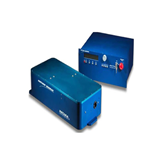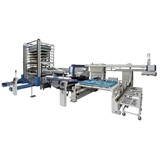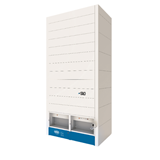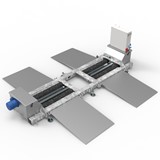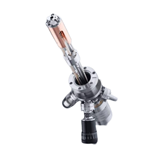Associate Professor Greg Skilleter from UQ's Marine & Estuarine Ecology Unit in the School of Biological Sciences is leading the team that is doing the ecological assessments of the suitability of three mooring types - the Seagrass-Friendly Mooring System, the Ezy-Rider Mooring and the SeaFlex Mooring - for the conditions in Moreton Bay.
Boat anchors and chains are responsible for a significant proportion of lost seagrass habitat within the Moreton Bay Marine Park causing haloes which might be up to 1000 square metres in area where the vegetation has been stripped away.
"Moorings within Moreton Bay Marine Park range from purpose-built concrete blocks to old and rusting engine blocks and rail sleepers," Associate Professor Skilleter said.
"The blocks do not cause the loss of the seagrass, it is the heavy anchor chain linking the block to the boat on the surface. As the boat swings in the breezes, the chain drags across the seafloor and pull the seagrass out.
"There are alternatives to these typical boat moorings that are more environmentally friendly and available on the market."
The Marine & Estuarine Ecology Unit is trialling these new mooring types in the Marine Park and success will be based on how well they reduce damage to the seagrass and the communities of animals that live in this habitat.
The moorings are being trialled over two years in four different areas of the Moreton Bay Marine Park, Tangalooma Island Resort on Moreton Island, One Mile on North Stradbroke Island, Point Halloran near Victoria Point and Dalpura Bay on Macleay Island.
"The waters in these boat mooring areas are murky and the divers are often working in near zero visibility, so a team of two works in close coordination with each other and with their boat-based lookout," Dr Skilleter said.
The work is tiring, moving dozens of heavy samples through the water while trying hard to not disturb the fine mud in which the seagrass is growing.
The focus of the Marine & Estuarine Ecology Unit is to understand how human activities modify coastal habitats and how this impacts on marine biodiversity.
Their approach is to take concepts and theory from fundamental ecology and use them to address significant environmental problems in collaboration with industry and government agency partners.
The study is a partnership with Queensland Department of Employment, Economic Development and Innovation, the Department of Environment and Resource Management, SEQ Catchments, Maritime Safety Queensland, Seagrass Watch and the Federal Government's Caring for our Country Community Coastcare grants scheme.
Additional support is being provided by Tangalooma Island Resort, Moreton Bay Seafood Industry Association and Moreton Bay Access Alliance.

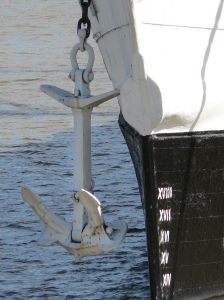



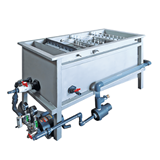

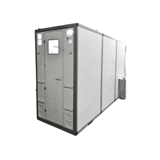



-160x160-state_article-rel-cat.png)
-160x160-state_article-rel-cat.png)

